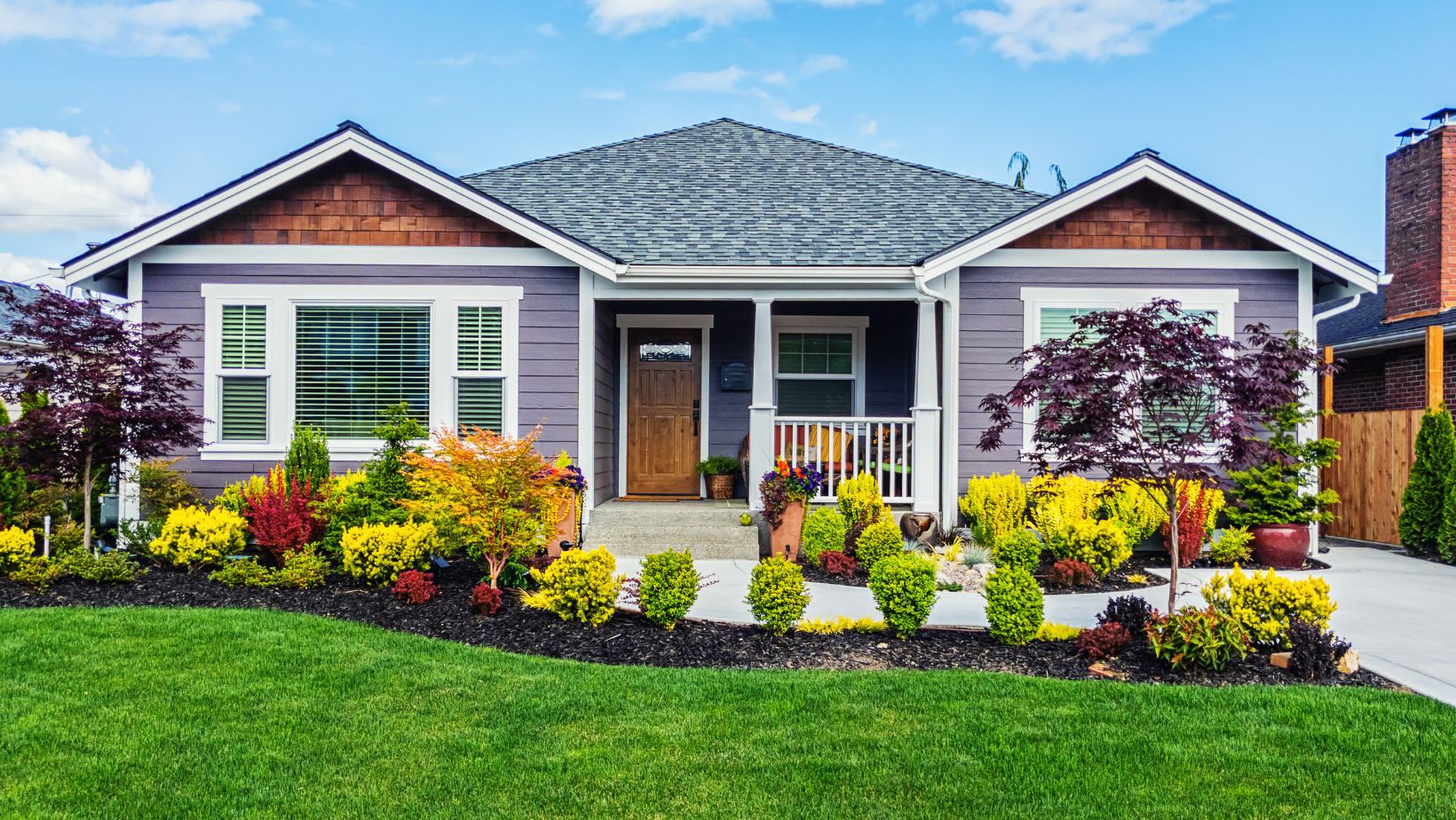Introduction
For most people, the home they live in is their largest asset—and often their most emotionally significant one, too. After decades of mortgage payments, renovations, and memories, the idea of selling that home to fund retirement can feel disheartening. But what if you didn’t have to?
Today’s retirees and soon-to-retire homeowners are finding innovative ways to make their homes work for them financially, without giving up the place they love. From leveraging home equity to creative investment strategies, there are now multiple ways to turn property into prosperity—no “For Sale” sign required.
1. Home Equity: A Hidden Source of Retirement Income
Home equity—the difference between your home’s market value and what you still owe on your mortgage—is one of the most underutilized financial tools available to retirees. It’s essentially wealth you’ve been building quietly for years, and tapping into it can create opportunities to increase your financial flexibility during retirement.
There are several ways to access home equity, including home equity loans, home equity lines of credit (HELOCs), and reverse mortgages. The right option depends on your needs and stage of life. For example, a HELOC might make sense if you want to fund a specific project, like home renovations, while still having the option to repay gradually.
For older homeowners who want to stay in their homes but unlock a steady income stream, reputable reverse mortgage companies can help evaluate whether this option fits their goals. A reverse mortgage allows you to access your home’s equity as cash without selling your property or taking on monthly mortgage payments. The money can be used to supplement retirement income, cover medical costs, or simply provide peace of mind.
The key is to explore your options carefully and work with trusted professionals who can walk you through the long-term implications and benefits of each.
2. Rent Out a Portion of Your Home
Another creative way to generate passive income is to rent out unused space in your home. Many retirees live in larger houses than they need once their children move out. Converting a basement, guest room, or detached garage apartment into a rental unit can create consistent monthly income.
Platforms like Airbnb or long-term rental listings make this easier than ever. Just be sure to check your local zoning laws and homeowner’s insurance coverage before opening your doors to tenants or travelers.
If you’d rather not deal with renters personally, consider property management services that handle bookings, maintenance, and payments for a small percentage of your rental income.
This approach not only provides extra cash but can also bring companionship and activity into what might otherwise be a quiet home.
3. Downsize Strategically—Without Sacrificing Lifestyle
While many retirees resist the idea of “downsizing,” it doesn’t always mean compromising comfort or location. In fact, strategic downsizing can be a smart move that frees up both cash and time.
Selling a large, maintenance-heavy home and purchasing a smaller, energy-efficient property can significantly reduce monthly expenses. Lower utility bills, less upkeep, and smaller property taxes all contribute to better financial stability.

If you want to maintain proximity to family or amenities, consider 55-plus communities, condos, or even co-housing options. Some retirees choose to relocate to states with lower property taxes or cost of living, allowing them to stretch their savings further without downgrading quality of life.
The equity from your home sale can then be invested into diversified assets—like dividend-yielding stocks, index funds, or annuities—to create passive income streams that support your lifestyle for years to come.
4. Monetize What You Already Have
You might be surprised at how much potential your property holds beyond its square footage. Some homeowners use their garages or driveways as rental parking spaces, particularly in urban areas. Others rent out storage areas or even host solar panels to sell energy back to the grid.
If your property includes farmland, extra acreage, or even scenic views, consider turning it into a small revenue-generating venture—such as hosting events, weddings, or workshops. These approaches require varying levels of effort but can provide meaningful income and purpose after retirement.
5. Tap Into Shared Housing Models
The concept of home sharing is gaining popularity among older adults who want companionship and lower living costs. By renting out rooms to other retirees, students, or working professionals, homeowners can earn money while also fostering social connections.
Services that match compatible housemates make this approach more secure and structured than traditional roommate setups. It can also help offset property taxes, maintenance, and daily expenses—all while allowing you to remain in a familiar environment.
6. Financial Caution: Balancing Comfort and Risk
While unlocking your home’s value can be rewarding, it’s essential to weigh the financial implications carefully. Taking on debt late in life—whether through loans, credit lines, or reverse mortgages—should be done with a long-term view.
Before committing, evaluate how each option affects your estate, heirs, taxes, and future living needs. Consulting with a certified financial planner or housing counselor can help you make informed decisions and avoid potential pitfalls like over-leveraging your property.
Conclusion
Your home is more than just a place to live—it’s a foundation for financial security and freedom. With thoughtful planning, it can become a source of stability, income, and opportunity throughout retirement.
Whether you choose to rent out space, downsize strategically, or explore options that align with your long-term goals, the goal is the same: to transform your property into a tool that supports the next chapter of your life.
The modern retiree isn’t just thinking about preserving wealth—they’re thinking about how to use it wisely. And for many, that journey begins right at home.



